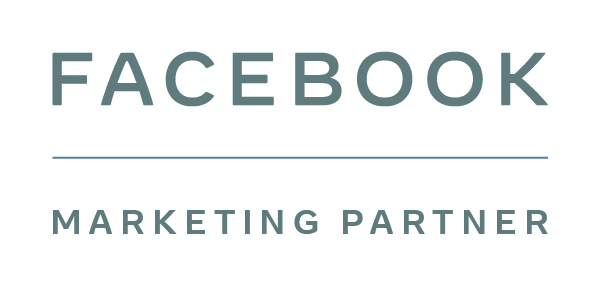When it comes to advertising, a lot of focus goes into targeting the right audiences and creating a good customer experience on the website so our visitors convert.
While focusing on visibility and conversion rate is important, ensuring your ads are engaging can have a huge impact on your traffic levels, conversions and overall efficiencies.
However, writing an effective ad can be very different to the way traditional copywriting is approached. In this blog post, I’ll outline the four key ways to write ad copy that converts.
1. Decide what your ad copy is trying to do
If you’re selling low priced, mainstream items, then a user purchasing on the spot is not a rare occurrence.
However, if you’re selling higher value products or services (think a few thousand pounds a pop), then, in all likelihood, that’s not what you’re selling with your copy. What you’re selling is more likely to be:
- An appointment
- An initial chat
- A demo
- A free consultation or audit
- An ebook download
Or something else that your ideal customer can commit to doing right now.
Bear this in mind when you’re writing your ad copy. In doing so, you won’t alienate potential customers by expecting them to do something they’re not ready for at this stage.
2. Understand your audience
Many companies don’t have a customer in mind when they produce their ad copy. Sure, they might know what kind of person usually buys their products and services, but they don’t know them in any depth.
This can make it challenging to write ad copy that connects with them. If your copy doesn’t speak to your customer, answering their pain points, wishes and desires, it will fail to engage.
The below ads demonstrate how companies understand and connect with their audience by touching on the common struggles people have when they paint their home.
Whilst the first ad is more company centric, the second and third ads include information around:
- Being able to complete the project easily
- The desire to feel proud of your home
- Their paint being planet friendly and consciously made
Writing ads that include these customer struggles can make them a lot more engaging and relatable for your clients, leading to higher CTR.
3. Differentiate With Your Tone Of Voice
Do you have a brand voice that makes you recognisable in your ads? If not, this might be a good time to create one.
When searching for a product or service on Google, we often find that most ads look exactly the same, focusing on the same USPs that have become fairly mainstream over time.
Having a brand tone of voice that is used throughout any external communications can make it a lot easier to create ad copy differs from what competitors are doing.
Lush is a good example – the ad copy below shows the tongue in cheek, confident demeanour that we’re used to seeing throughout their website, and could be a good choice for an ad.

4. Use emotion
We all know that how we feel can influence what we purchase, but have you ever tried to use emotion on your ads?
Research also shows that doing this can have a huge impact on their effectiveness. An analysis conducted by Neuroscience Marketing shows that emotional ads performed much better than rational ads and ads that combined the two.
Copy that uses flattery, urgency, affirmation, validation or anger can increase your ads’ efficacy compared with your competitors.
Test, Analyse and Review
When it comes to creating great ads that convert, we see many advertisers play it safe and go with tested copywriting methods. However, it’s important to monitor and analyse your ads’ efficacy. Introducing the elements mentioned in this article is a great way to start testing different ad copy and generate some incremental traffic gains to your website.
We are a Google, Bing, Facebook and Amazon-certified agency focused on Performance Marketing. If you’d like to discuss our PPC services in more detail, get in touch with our team!






